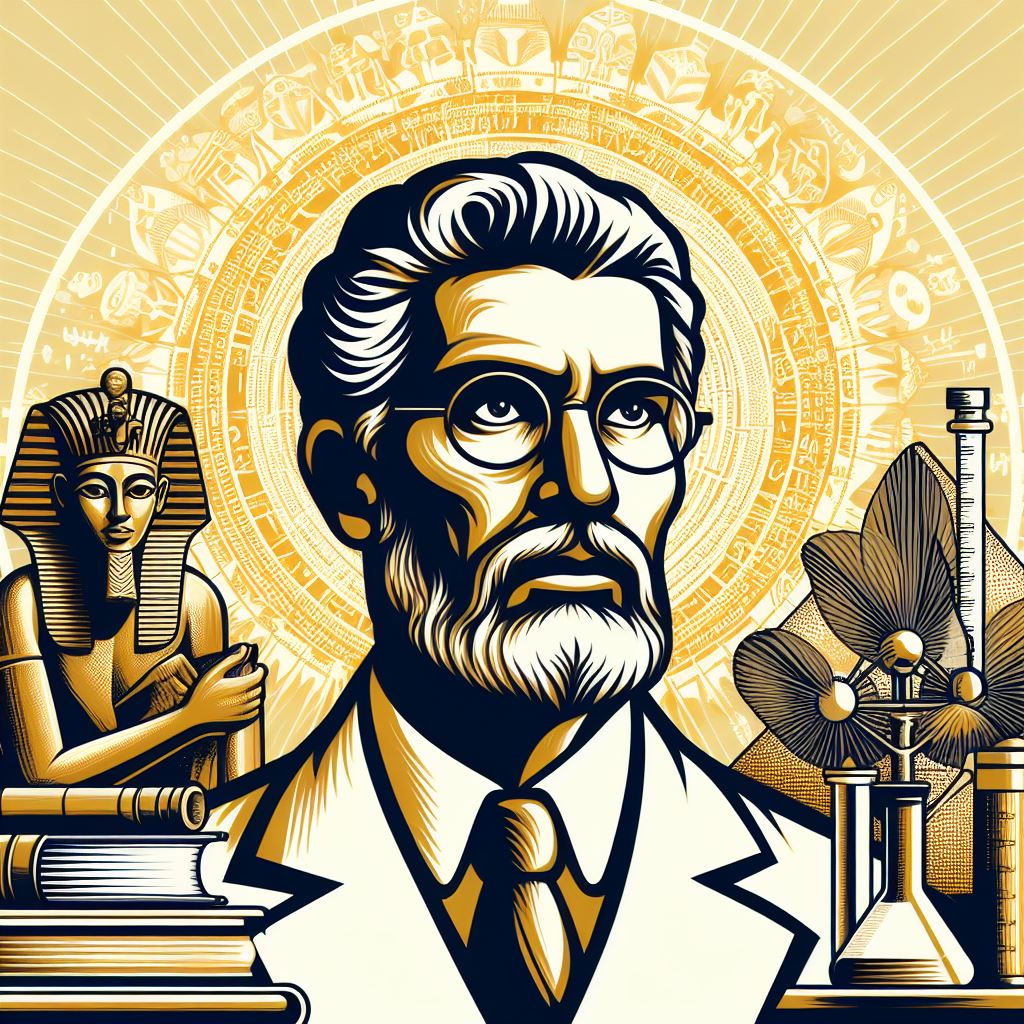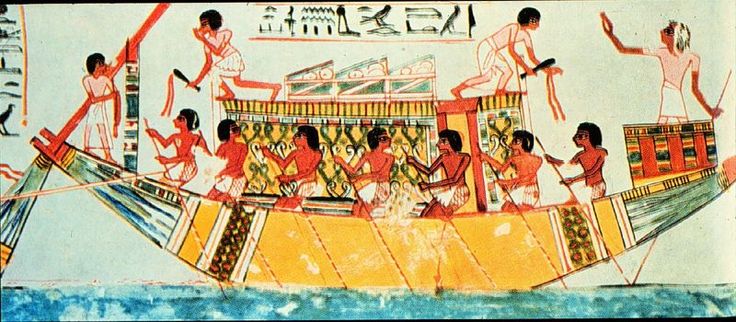Imagine standing at the edge of a great river, a wooden boat at your feet, intricately adorned and ready for an unworldliest of voyages. This isn’t a fantasy, but a reverent glimpse into the past where funerary boats held a crucial role in navigating the afterlife. I aim to illustrate the profound importance and emotional weight these vessels carried as they transcended being mere objects to become pivotal symbols in the rituals of death and rebirth.
Water, with its life-sustaining properties, has always been a powerful symbol in many cultures. It’s a source of life, and in death, it was viewed as the passageway to the world beyond. The funerary boat, in this context, was the vehicle through which the departed could traverse into the hereafter—a belief especially strong in Ancient Egypt, where the burial process was deeply intertwined with the voyage of the sun god, Ra, across the sky.
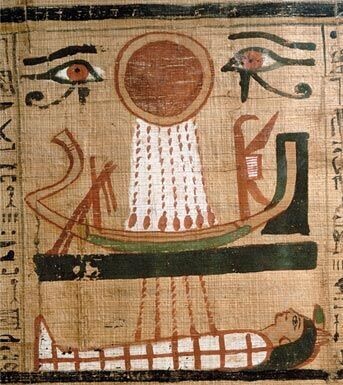
Egyptians weren’t alone in their reverence for water’s otherworldly connections; numerous civilizations saw boats as essential for a soul’s journey after death. Thus, ensuring that the deceased had access to a vessel was an act of utmost respect and care, a way to guarantee their safe passage to the afterlife.
Ancient Egyptian burial practices are particularly notable when discussing funerary boats. Not only was the physical boat itself significant, but also the vivid depictions and models of boats found within tombs. These served as enduring analogies of the soul’s journey, reflecting on the transition the deceased would undergo from the world of the living to the realm of the gods.
Craftsmanship and Ritual: Constructing Vessels for the Dead
When ancient civilizations built funerary boats, they were crafting more than just a watercraft; they were creating a sacred vessel that was pivotal for the deceased’s journey to the beyond. Skilled artisans, often holding esteemed statuses, would pour their expertise into fashioning these boats, ensuring they were not just seaworthy, but also fitting for a voyage into eternity.
The construction process was intricate and profound. Craftsmen selected materials such as wood from cedar and acacia trees for their durability and spiritual significance. Tools of the trade were basic yet expertly handled — chisels, hammers, and adzes shaped the timbers. Joinery techniques were precise, as the boat needed to be robust to symbolically sail through the afterlife.
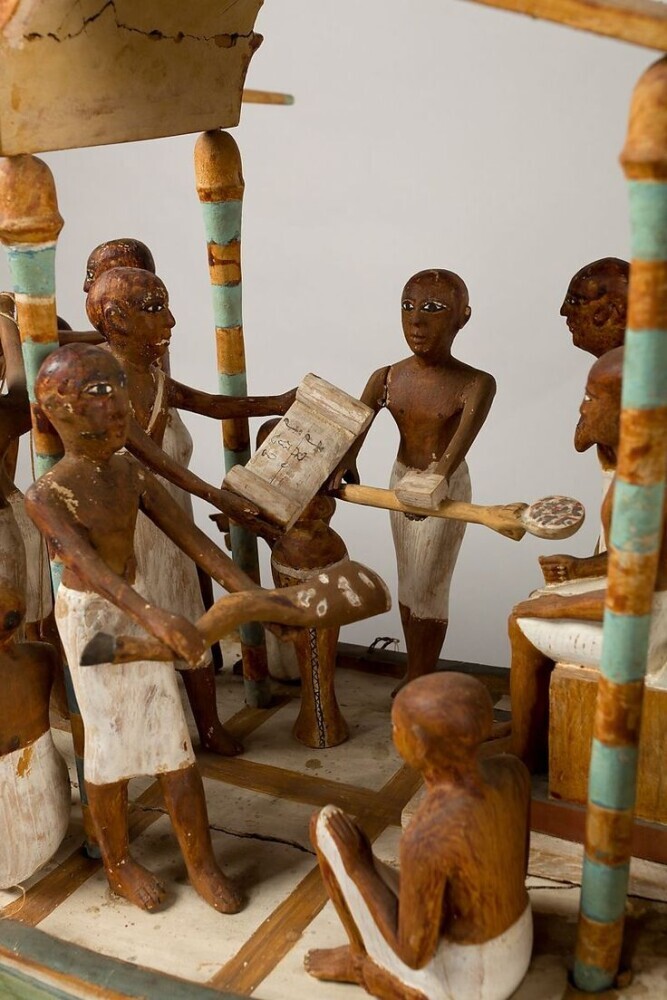
Integral to the building of funerary boats were the rituals that imbued them with religious significance. These included prayers, offerings, and ceremonies that were believed to activate the boat’s spiritual purpose. Artisans and priests worked in tandem, with the latter consecatsring each stage of the construction.
Archaeological findings give us a glimpse into the preservation of these vessels. The discovery of the Khufu ship, buried next to the Great Pyramid of Giza, brings to light the efforts to protect these boats for millennia. It demonstrates the high level of craftsmanship and the Egyptian’s commitment to honoring the passage to the afterlife.
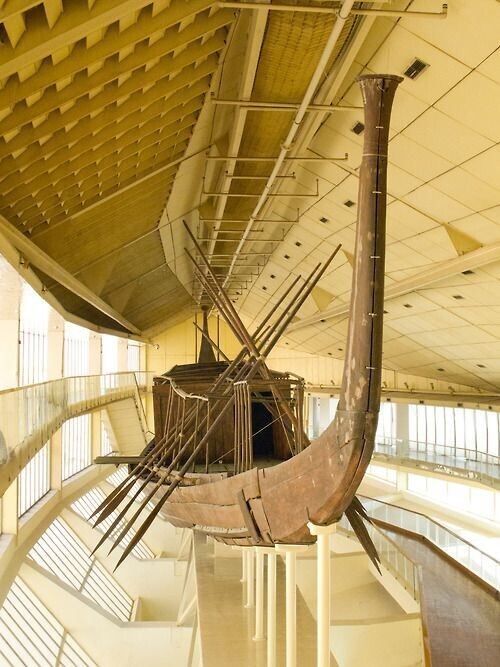
The legacy of these ancient shipbuilders is still evident today. Their skillful work allows us to piece together the narrative of funerary practices and their deep cultural significance. As we transition into the next section, we will explore the cryptic messages left behind on these boats that were as much about guidance for the deceased as they were for the living.
Deciphering the Hieroglyphs: Messages for the Afterlife
Funerary boats weren’t just silent vessels; they spoke volumes through hieroglyphs adorning their surfaces. The iconography etched onto the wood was more than mere decoration; it served as a spiritual GPS, encoding messages meant to guide the deceased through the unpredictable waters of the afterlife. Each symbol was meticulously chosen for its protective powers and ability to communicate with deities that the soul would encounter.
The importance of hieroglyphs extended beyond aesthetics. These ancient symbols were believed to safeguard the journey, ensuring the deceased’s safe passage into the realms beyond. This was a civilization that understood the power of written language to convey the deceased’s name, titles, and prayers, transforming the boat into a narrative of the individual’s life and hoped-for afterlife.
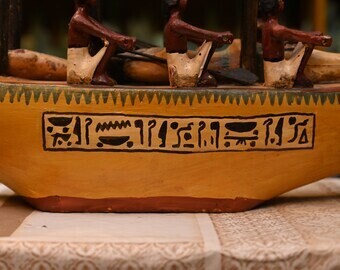
Scholars have dedicated lifetimes to interpreting these religious texts. Notable examples include the “Spell of the Boat” which sought to grant the dead mobility and avert potential dangers. Similarly, other inscriptions invoked gods like Ra or Osiris, the patron deities of the afterlife, to provide their blessing and overseer protection.
Understanding these inscriptions not only unveils ancient beliefs but also reveals insights into societal norms and the personhood of the buried individual. It’s a rich tapestry of myth, personal history, and collective culture, immortalized in wood and intended to last for eternity.
The Legacy of the Funerary Boat: From Ancient Rites to Modern Fascination
The timeless appeal of funerary boats stretches beyond their ancient origins, garnering appreciation and wonder in today’s society. These sacred vessels have been a conduit for understanding the complexities of past civilizations and their beliefs about death and the afterlife.
The enthrallment with these relics is evident in the way they are showcased in museums worldwide, allowing us to witness the grandeur and meticulous craftsmanship that ancient artisans imbued within each vessel. Each funerary boat is a testament to the reverence given to the journey of the soul and the cultural significance it held.
In contemporary rites, the ideology behind funerary boats continues to influence modern burial practices. Both in metaphorical senses, where we speak of ‘crossing over’, and in tangible legacies like the inclusion of personal items with the deceased, we see the ripples of this ancient tradition in current customs.
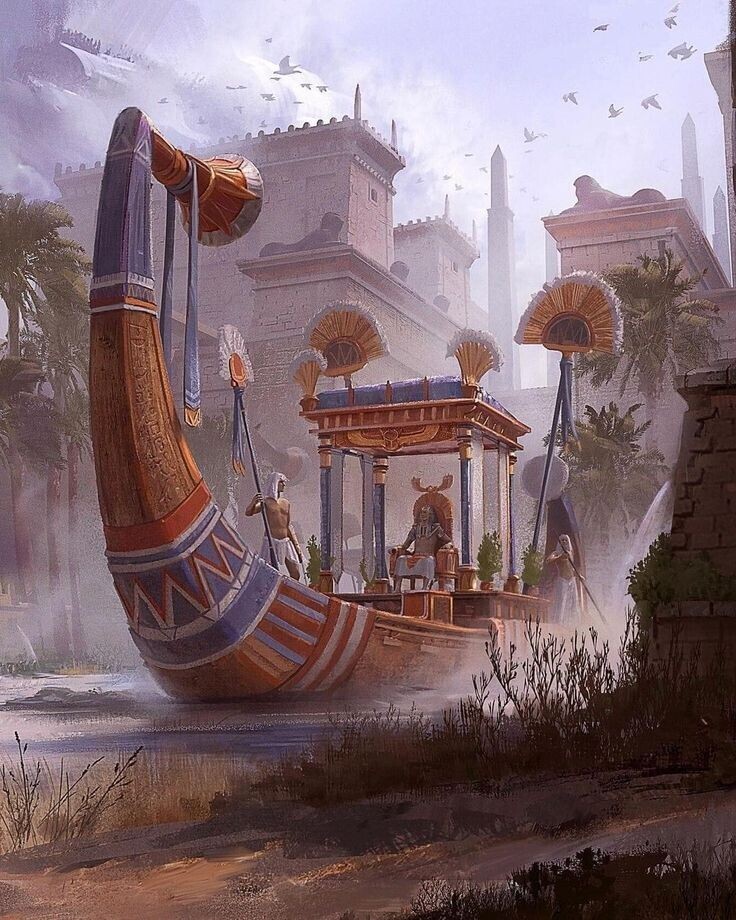
Educationally, the discovery and analysis of funerary boats offer valuable insights into ancient engineering, religious beliefs, and societal norms. These findings are crucial in curating comprehensive historical narratives and enhancing our collective knowledge.
As guardians of this heritage, museums and educational institutions play a pivotal role. Not only do they preserve the physical relics, but also the intangible wisdom they embody. By keeping the story of the funerary boat alive, we bridge the gap between antiquity and modernity, ensuring that the respect and fascination for these ancient practices endures for future generations.
